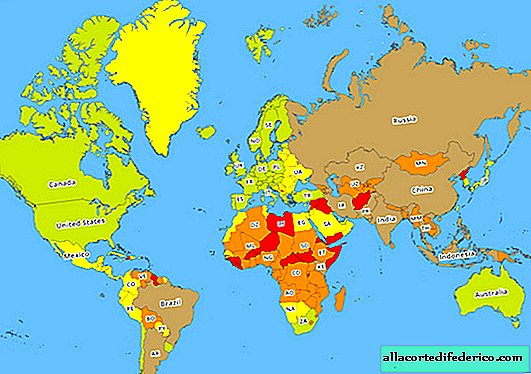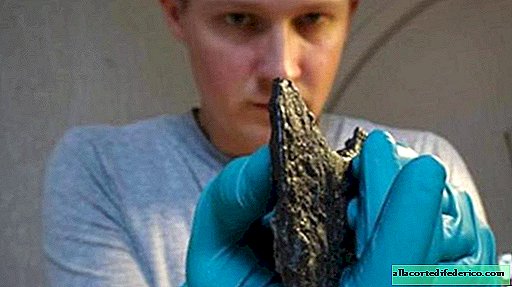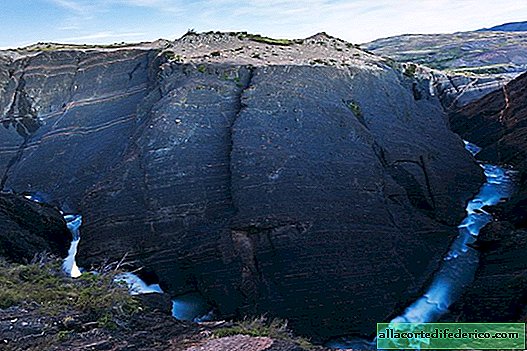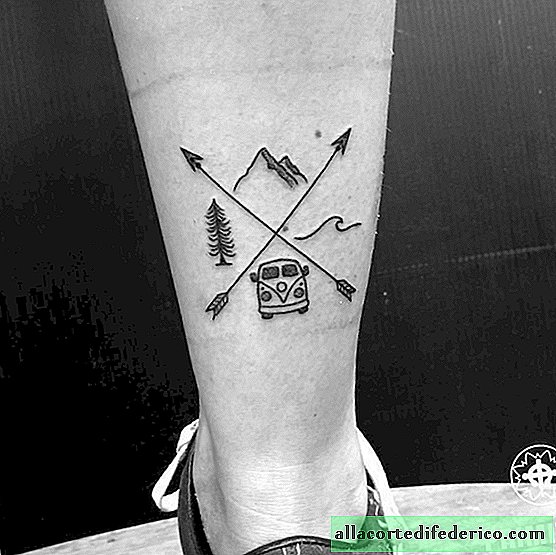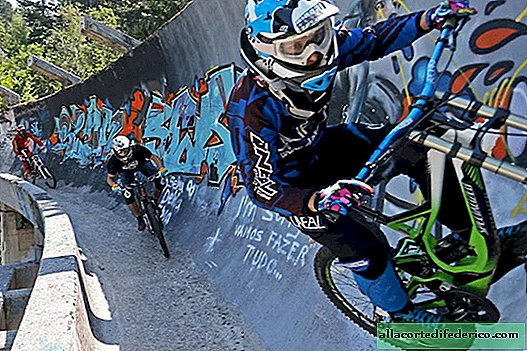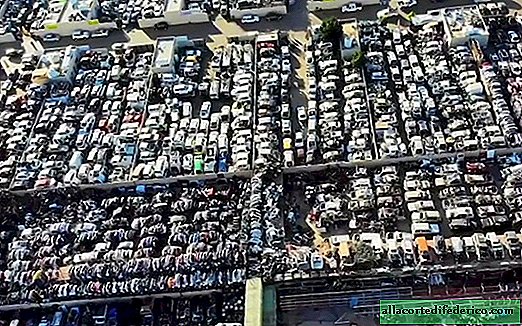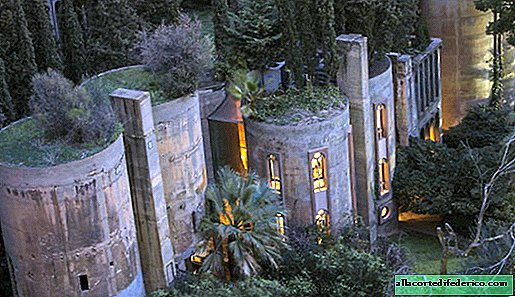The impregnable fortress of the island of Haiti, which no one has ever attacked
Haiti, in the view of many, looks like a distant overseas country, very poor, whose territory is covered by tropical forests and coffee tree plantations. But on the island of Haiti, there is one striking place that is surprising and admirable for travelers. Not everyone expects to see in the middle of the mountains and the riot of tropical greenery a grandiose fortress with sheer walls, which is comparable to the best fortifications in Europe. Who and why built the Laferrier fortress on the top of the mountain, included in the UNESCO World Heritage List, will be described in our review.

First, pay a little attention to the history of this distant region. After Columbus discovered the island of Haiti, the Spaniards called it Hispaniola and began to develop it. The island, although it was not rich in gold, silver and emeralds, was of great interest from the point of view of convenient location, and therefore more than once became the subject of disputes between the leading colonial powers. As a result of regular hostilities at the very end of the XVII century, the western part of the island passed into the possession of France.

The local indigenous population, consisting of Indians, was ruthlessly exterminated, and also died as a result of diseases introduced by the colonists. In their place they brought slaves from Africa, who were distinguished by good health and could work on sugarcane plantations. As a result of this demographic policy, about half a million slaves from Africa lived in the French colony in Haiti, and the number of French colonists was no more than 40 thousand people. In 1791, a revolution began with the revolt of slaves on the island. The colonial regime did not want to part with the profitable sugar cane plantations, and a huge number of Negro slaves did not want to put up with their position, so the armed confrontation lasted for 12 years. In addition, Britain intervened in the situation in Haiti, who also wanted to get a tidbit in the Caribbean. But even after independence from France in 1804, military troubles and the struggle for power continued for more than a decade in the former colony.
 King of Haiti Henri Christophe (Henry I)
King of Haiti Henri Christophe (Henry I)This is precisely the time when this eventful period is related to the construction of a grandiose fortress. At that moment, when the revolutionaries had already won, expelled and destroyed the entire white population of the former colony, disagreements arose among the remaining. Supporters of Henri Christophe, the son of a black slave and one of the leaders of the Haitian revolution, who declared himself king of Henry I, settled in one part of the island, and supporters of another leader, Alexander Petion, of mixed origin, who sympathized with mulatto planters, concentrated his troops. That's just to protect against Alexander Petion, as well as from possible attacks by the colonial powers, King Henry I ordered the construction of a grandiose fortress called Laferrier.


Today, the majestic fortress on top of the mountain is a popular tourist attraction. There are not even dirt roads nearby, so in order to see this wonderful monument of history and architecture, you will have to walk for several hours or cross the road on horseback.


